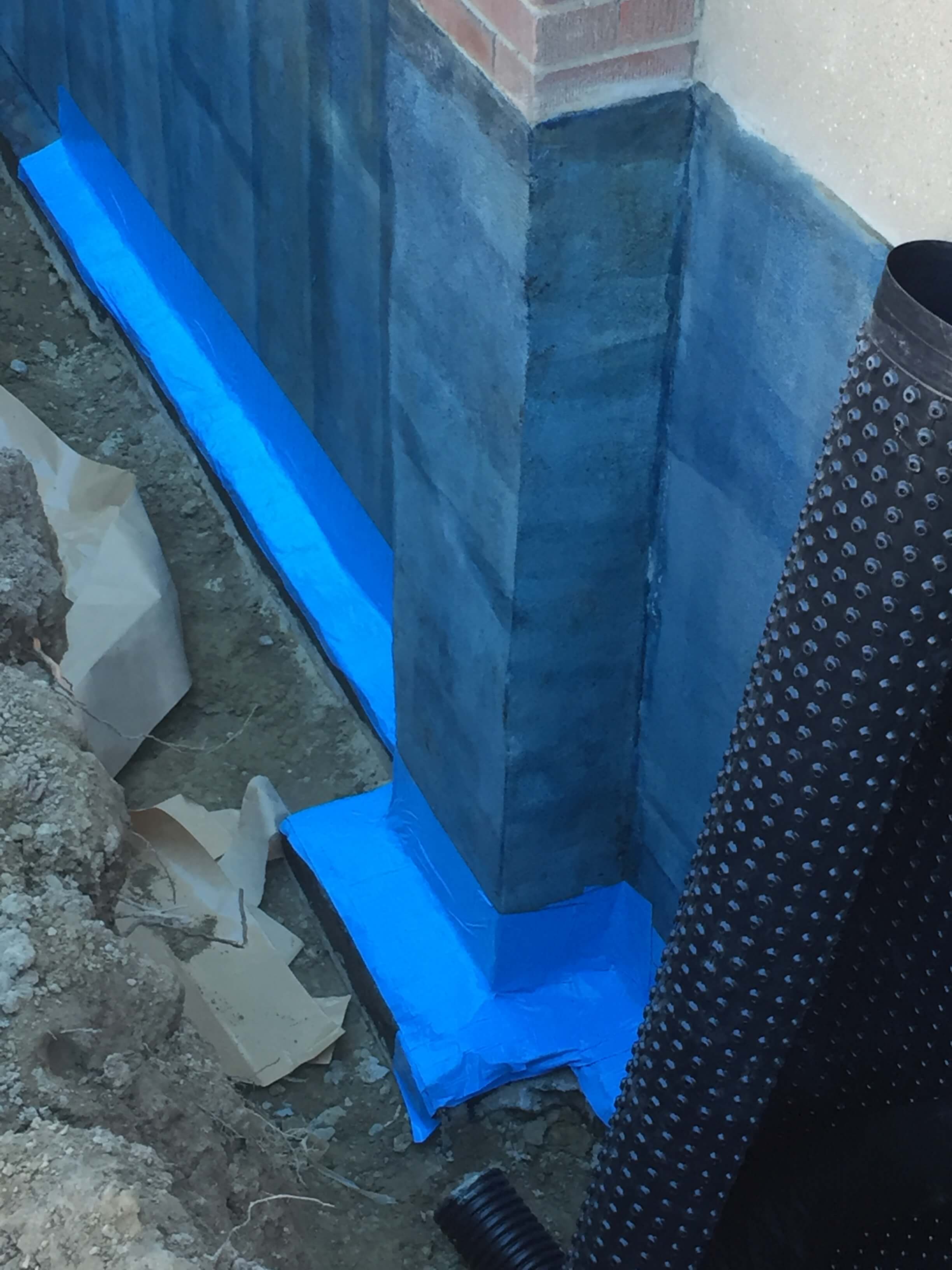The process of waterproofing is an crucial aspect of upholding the stability and longevity of any house or edifice. Without adequate waterproofing, assets are susceptible to moisture issues, fungal issues, and construction faults that can lead to high repair costs. As the saying goes, prevention is better than cure, and recognizing how to detect waterproofing failures early can prevent you from spending thousands in unnecessary costs down the line. In this guide, we will discuss the key signs and symptoms of waterproofing issues, ensuring you can act before it's beyond repair.
Whether you are a property owner or overseeing a commercial property, being cognizant of the risk for water infiltration is essential. From ceilings and basements to washrooms and outdoor spaces, each section of a property can experience waterproofing challenges. By noticing the early warning signs, you can address them head-on and put in place effective solutions customized for your requirements. Be with us as we explore the world of waterproofing, empowering you with the information to safeguard your asset and maintain a secure, moisture-free environment.
Key Factors of Waterproofing

Moisture protection is a vital element of maintaining the soundness of any structure, whether it’s a home or a industrial building. It serves as a protective barrier against water intrusion, which can lead to serious damage, including mold growth, architectural weakening, and expensive repairs. Understanding why waterproofing is crucial for each home and building allows homeowners and landlords to take proactive measures in safeguarding their properties.
One of the main goals of waterproofing is to prevent water from entering basements, bases, and other at-risk areas. This involves a thorough assessment of potential water sources, such as rain, subsurface water, and even plumbing leaks. By noticing signs that your property needs waterproofing in advance, you can tackle issues before they escalate, thereby saving thousands in repairs. Using effective waterproofing solutions can enhance the lifespan and security of your property while providing peace of mind.
Additionally, choosing the correct waterproofing method—be it interior or exterior—is essential for sustained effectiveness. Each type has its benefits and is suited for specific situations. Moreover, grasping common waterproofing misconceptions, such as misconceptions about DIY versus expert solutions, can help landowners make knowledgeable decisions. Ultimately, investing in suitable waterproofing not only safeguards physical buildings but also improves energy efficiency and contributes to sustainable building practices.
Recognizing Waterproofing Needs
To successfully identify waterproofing needs in your house or building, commence by assessing areas often subjected to moisture. Check basements, bathrooms, kitchens, and roofs for potential evidence of water damage. Look for stains on partitions or roofs, mold growth, or peeling paint, as these issues can be indicators of existing leaks or inadequate waterproofing. Periodically examine these locations, especially after intense rain or flooding, to catch potential concerns early.
Furthermore, pay attention to the external conditions encompassing your property. Ensure that gutters and down pipes are in proper condition and directing water away from the foundation. If water accumulates around your building during precipitation, this can lead to serious waterproofing problems. Examine your landscaping to ensure adequate grading, which should encourage water to move away from your property rather than towards it.
In conclusion, take into account the age of your waterproofing solutions. Materials degrade over time, and what may have operated effectively in the past may no longer provide proper protection. Knowing when to reassess and enhance https://aluneed.ca/ can prevent costly repairs down the line. Be vigilant in maintaining waterproofing measures to safeguard your building from water damage.
Selecting Waterproofing Solutions
While selecting the appropriate waterproofing solution for your property, it is crucial to consider the specific needs of your space. Factors such as weather, building design, and the kind of moisture exposure will influence the most efficient method. For instance, homes in regions with heavy rainfall may call for stronger exterior solutions, while properties with damaged basements might profit more from interior waterproofing techniques. Assessing these aspects will direct you to the most suitable waterproofing option.
You also must consider the pros and cons of DIY versus professional waterproofing. While DIY methods can protect some money, they usually lack the effectiveness of a professional installation. Specialists can provide skills in recognizing potential challenges and utilizing state-of-the-art techniques that might not be available to a novice. Researching different contractors and evaluating their expertise and customer reviews is essential in making an wise decision.
Ultimately, don’t neglect the long-term effects of your choice. High-quality waterproofing solutions may require a larger upfront outlay, but they will eventually save you a significant amount in repairs and maintenance costs in the long term. Taking the time to evaluate warranties, product quality, and the general reputation of waterproofing materials can help that you choose a reliable and effective solution to shield your property from water damage.
